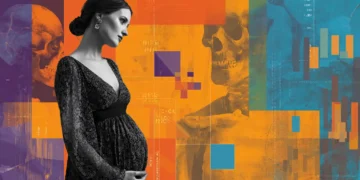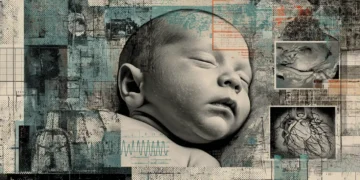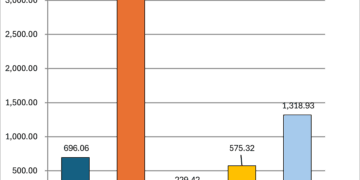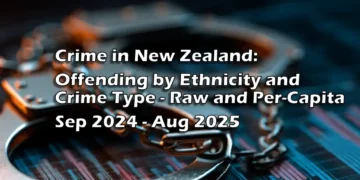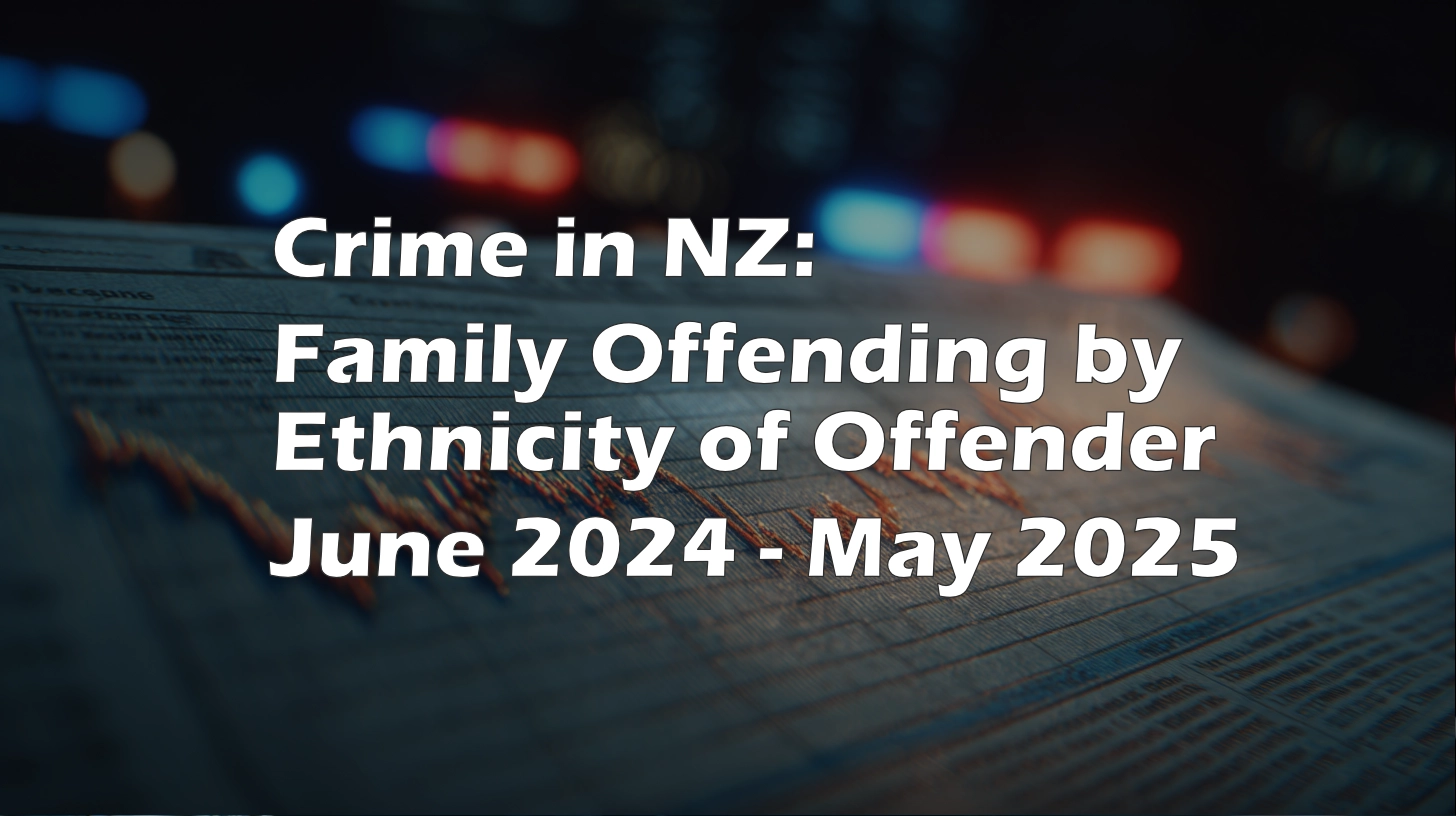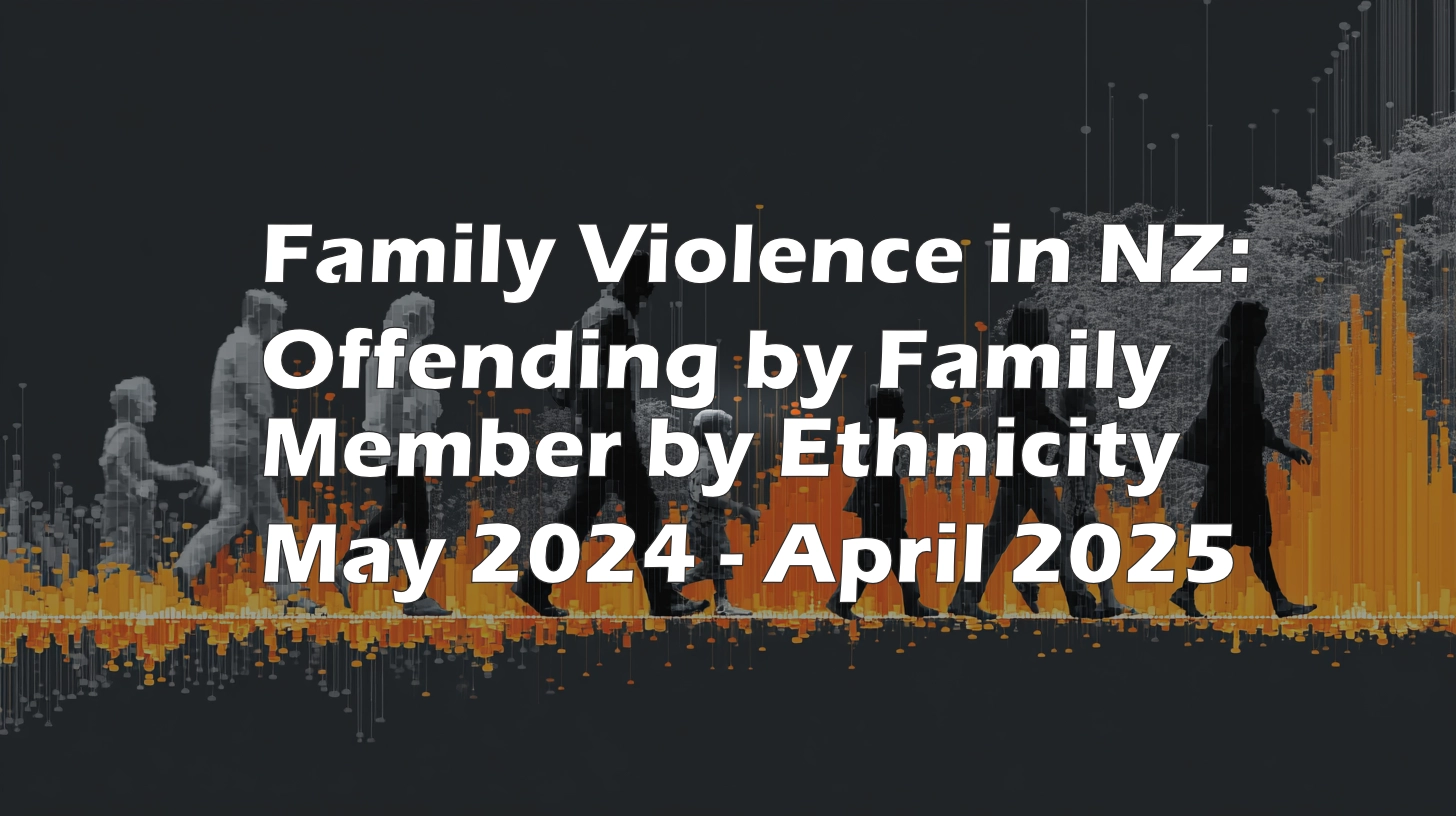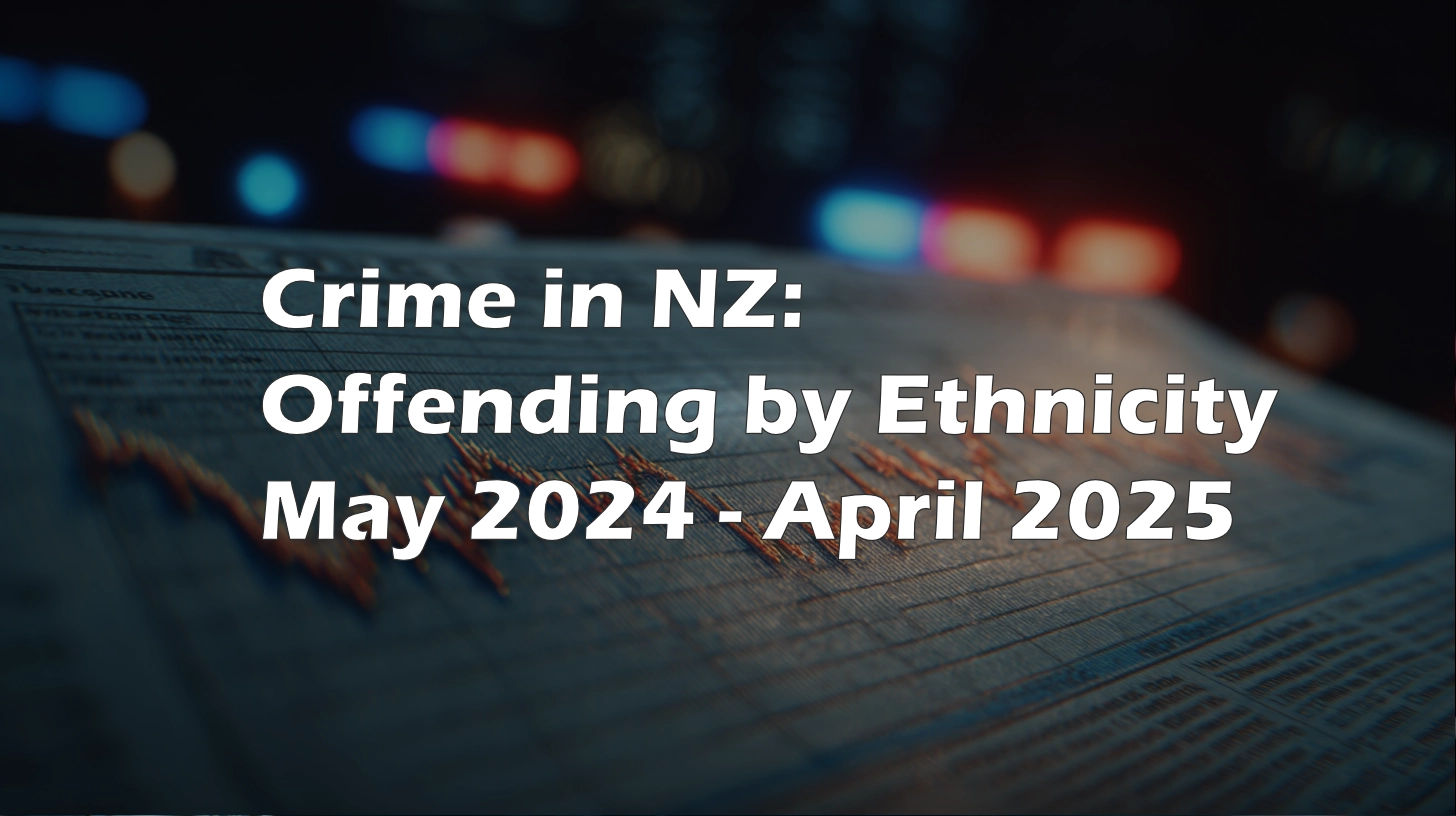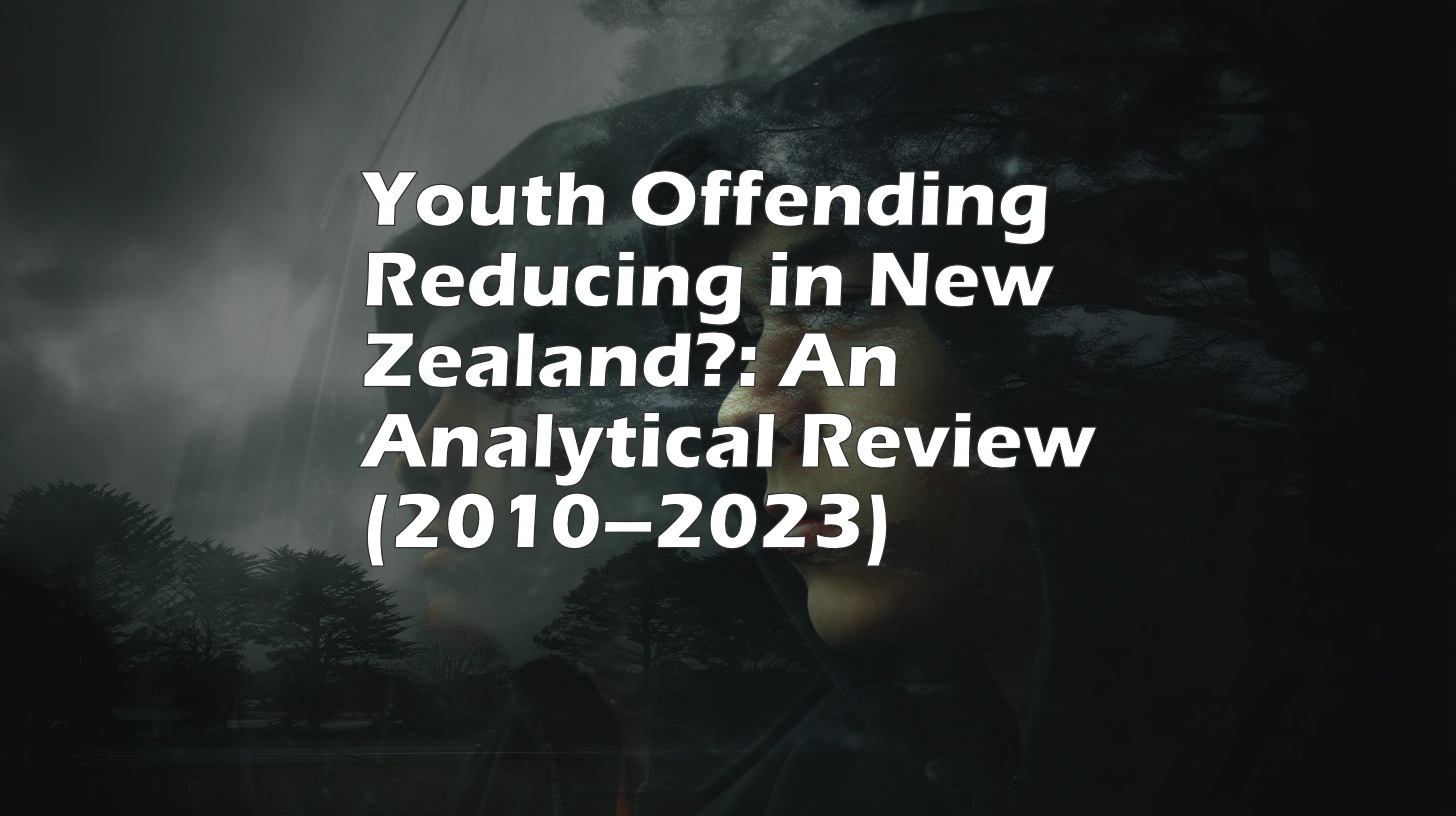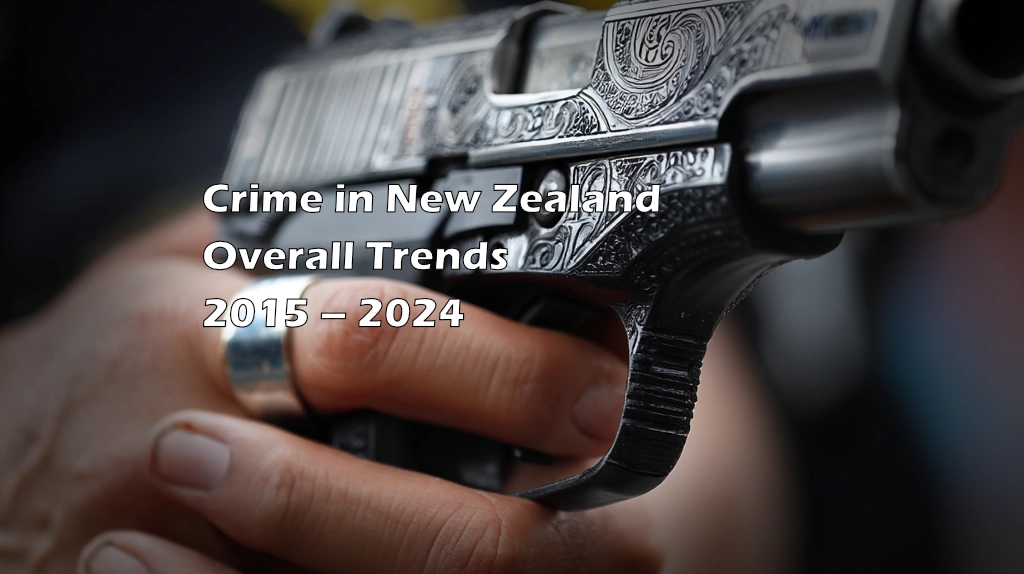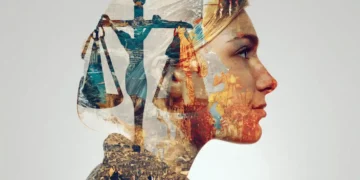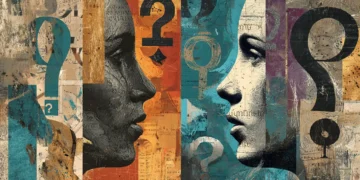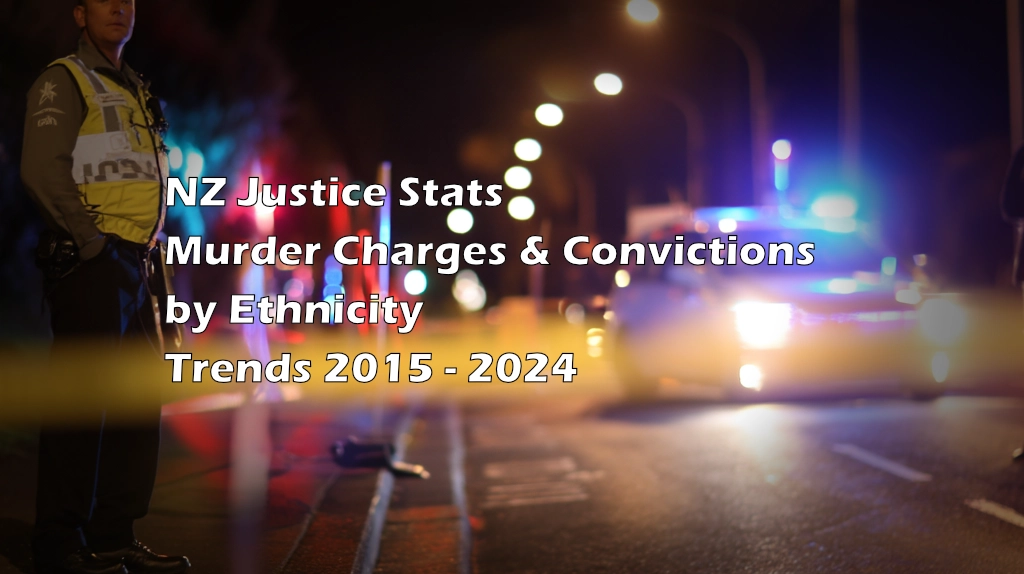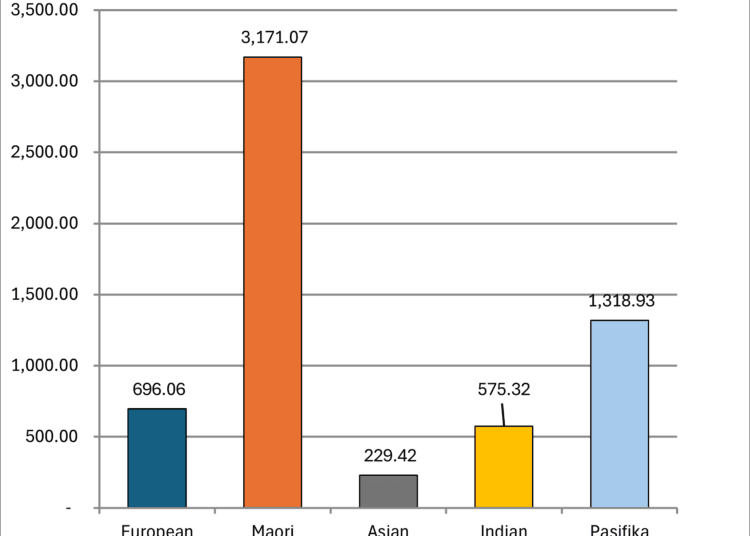Māori Overrepresented in Murder Charges: A Decade of Stark Imbalance in New Zealand Courts
A close examination of the latest Ministry of Justice statistics on murder charges reveals a persistent and troubling ethnic imbalance, with Māori facing murder charges at a disproportionately high rate compared to other groups. The data, covering the years 2015 to 2024, underscores the depth of New Zealand’s challenge with inequality and justice reform.
Māori Consistently Overrepresented
Every year since 2015, Māori have comprised either the largest or one of the largest ethnic groups among those facing murder charges, frequently outnumbering Europeans despite being a smaller proportion of the general population.
- 2023: 36 Māori, 18 Europeans, 14 Pacific Peoples.
- 2024 (the largest year for Māori): Of 80 people with finalised murder charges, a staggering 48 Māori faced murder charges, over half the annual total, compared with 21 Europeans and 11 Pacific Peoples.
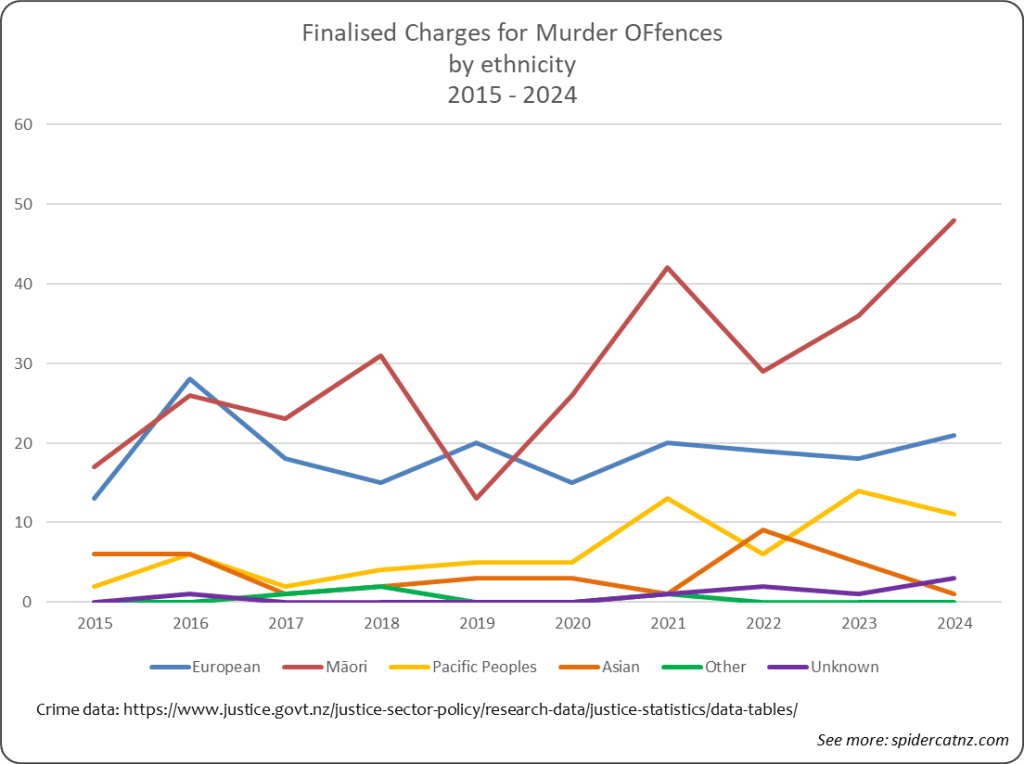
In most years, Māori have comprised well over one-third, sometimes over half, of those charged, despite making up only about 17% of the population. By contrast, Europeans, who make up a far larger share of the public, are consistently a minority among the accused in these cases.
Pacific Peoples and Other Ethnic Groups
While the Pacific community is also overrepresented relative to their population share, their numbers are significantly lower than Māori: ranging from just 2 cases in 2017 to a recent high of 14 in 2023.
Asian and other ethnic groups are less commonly recorded among those charged, though the numbers do fluctuate year-to-year. For example, only 1 Asian defendant is recorded in 2024, compared with 9 two years prior.
Data Quality and Multiple Ethnicity
The “unknown” category, once a concern in older justice records, is minimal in this set (maximum of 3 per year, often zero), making recent trends highly reliable. Importantly, New Zealand’s justice system uses “multiple ethnicity” reporting, meaning an individual can be counted in more than one category if they identify as such, further emphasizing Māori overrepresentation.
The Big Picture: Convictions
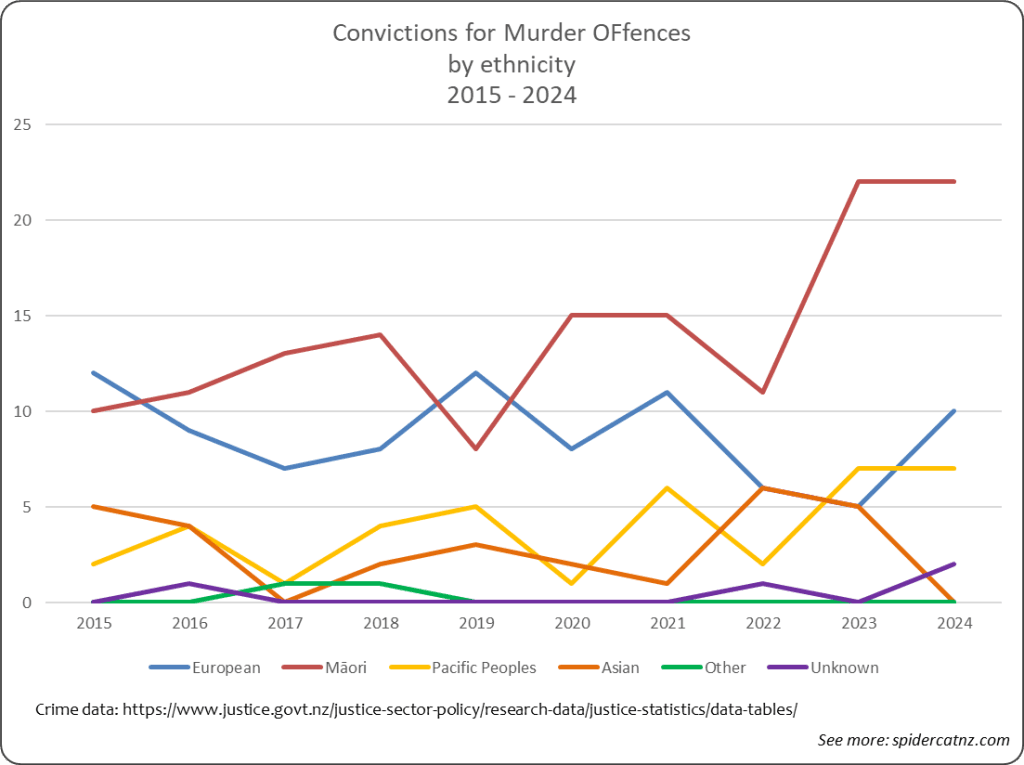
Of those charged with murder, about half are convicted each year. For instance, in 2024, of the 80 facing a murder charge, 39 were convicted. It is not possible from this summary alone to determine the precise breakdown of convictions by ethnicity, but overall numbers suggest that the pattern of overrepresentation persists.
Societal and Policy Questions
These figures paint a clear picture: Māori are not only overrepresented in justice statistics broadly, but especially so in the most serious offences.
This reality has multiple roots—theories involve colonisation, systemic disadvantage, policing disparities, and socioeconomic deprivation contributing to Māori vulnerability to both prosecution and victimisation. Despite national conversations about equity, restorative justice, and social investment, the “needle” on Māori justice outcomes continues to move alarmingly slowly.
Age and Gender: Other Layers to the Disparity
The data also highlights that most people charged are men—a massive majority each year. Māori men, in particular, bear the brunt of New Zealand’s most severe criminal charges.
The relatively young ages of many charged (with notable numbers under 30) further signal deep-seated issues: patterns of disadvantage, lack of opportunity, and trauma often surface in these statistics.
A Persistent Ethnic Divide in New Zealand’s Most Serious Offence
Despite years of public attention and political rhetoric about reducing justice inequity, the latest Ministry of Justice and 2023 Census data reveal that Māori in New Zealand continue to face murder charges—and serve murder convictions—at rates far surpassing their share of the population. The pattern shows little sign of change over ten years of official data.
The Grim Tallies: Charges and Convictions 2015–2024
In 2024, New Zealand courts saw 80 people face finalised charges for murder. Of these, 39 were convicted—all received prison sentences, as is mandatory by law. The ethnic breakdown exposes a glaring reality:
- Māori: 48 charged (60% of those prosecuted for murder), 22 convicted (56% of those found guilty)
- European: 21 charged, 10 convicted
- Pacific Peoples: 11 charged, 7 convicted
- Asian: 1 charged, 0 convicted
The numbers are not a one-year anomaly; almost every year since 2015, Māori made up the largest group both among the charged and the convicted for murder, frequently outnumbering Europeans by more than two to one.
Put in Population Perspective: The 2023 Census Numbers
The 2023 Census counts around 17.9% of New Zealanders as Māori, 65.5% as European/Pākehā, 9.3% as Pacific Peoples, and 17.1% as Asian (multiple responses allowed).
Against this backdrop, Māori are over three times as likely to be charged or convicted of murder as their population proportion would suggest. Europeans, by contrast, are underrepresented: making up nearly two-thirds of the country’s population, but barely a quarter of murder convictions.
Pacific Peoples are also overrepresented, making up around 9% of the population but 18% of 2024 murder convictions (7 of 39). Asians, at 17% of the population, are barely represented at all in the murder conviction data—a recurring pattern across all years examined.
Locked Up—and Out
Not only are Māori more likely to be convicted, but every person convicted of murder over the decade received a prison sentence. There were no home detentions, no community-based sentences—no alternatives. In such severe offences, there is never an escape from years, if not lifetimes, lost behind bars.
Layers of Disparity: Gender and Age
The justice system’s sex bias is just as stark: in 2024, 33 out of 39 convicted murderers were men. Women typically number in single digits annually. Convicted offenders’ ages span from youth to very old age, but most are under 44—a pattern highlighting how disadvantage and violence touch people early and formatively in life.
Why Has Nothing Changed?
For at least a decade, Māori have faced the greatest risk of the justice system’s harshest verdict. Despite well-intentioned reviews, government reports, and community-led calls for transformation, the official data shows the same faces in the defendant’s dock, year after year. It is a cycle driven by tied layers of trauma, exclusion, and lack of opportunity—not merely crime and punishment.
The Human Cost
For the rest of New Zealand, these numbers are not just statistics, but a call for uncomfortable conversations—and transformative change. Without a new commitment to purpose-built solutions for Māori (and, increasingly, Pacific) communities, the next decade’s data is likely to look all too familiar.
Conclusion
If the goal is equal rights, justice, and a less violent New Zealand, the case for urgent, grounded intervention could not be clearer. The data—now aligned more starkly than ever by the 2023 Census—reveals a pattern as persistent as it is unconscionable.
Sources:





